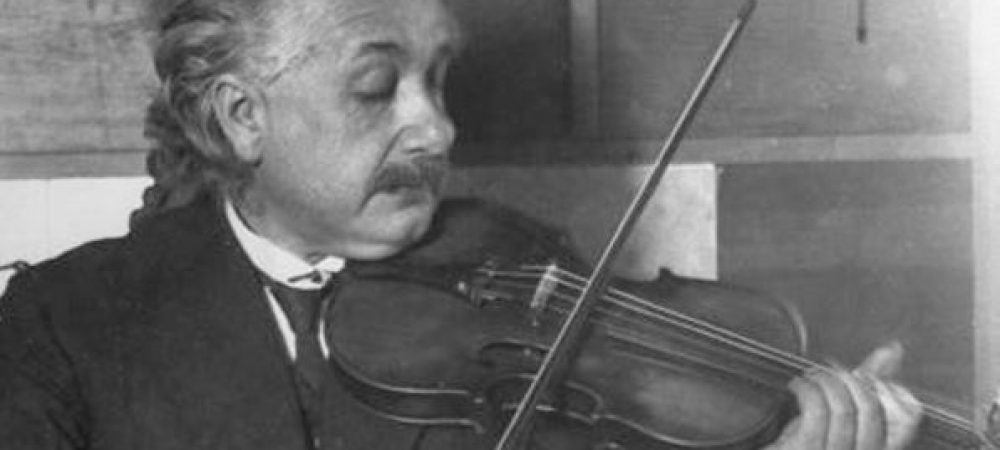
Around 1930, the Great Depression period, a federal program for artists and the safeguarding of the arts was established in America. Contrary to the idea that the art sector was only playful and entertainment, jobs were created under the national direction of the Curator and art expert Holger Cahill and the presidency of Roosevelt, financially supporting writers, musicians, visual artists , directors etc. Funded by the Works Progress Administration (WPA), the Federal Art Project, since 1933, was the first of 5 “New Deal” projects, which financed art workers for 11 years. The Milwaukee Handicraft Project, a major project, was started in 1935 and became famous for employing over 5000 unemployed people, many of whom were disabled, discriminated against due to old age or poor school education. In total it is estimated that the Federal Art Project has created over 200,000 jobs, subsidizing renowned artists such as Diego Rivera and Mark Rothko, as well as some of the most important public works of art today.
At times of Covid19 spread, I am experiencing a sad reality concerning the way the artistic sector is disregarded in Italy. Indeed, politicians opted for economic strategies, that do not support the Arts, nor take under consideration the worth, and impact on the Italian society and culture, of Museums, Galleries, Art Fairs, but mainly Musicians and their Industry. Being Music a conduit for personal development and social growth enhancing the collaboration within a community as well as providing an experience of deep equality, I disagree with the current political position of my Country of origin, and I feel pretty speechless.
Maxine Greene defines the concept of regard as essential to the success of civil society: “A citizen is somebody who has regard for the integrity of other people and out of that regard, out of that feeling of kinship, a community or civil society may take shape. It’s never finished….[It] depends upon a regard for other people’s significance and potentiality.” Being culture a “fluid reality always in construction and evolution”, I wonder, have Italian politicians consider the impact of their present choices on the future?
Hence, I can totally rely on what President Kennedy’s speech in 1963: “If sometimes our great artists have been the most critical of our society, it is because their sensitivity and their concern for justice”. I therefore, believe that by refusing to help the artists, creating a state of poverty within that sector, Politicians avoids confronting with “unwanted” forms of criticism, a tactic that in a way reminds once again of Maxime Greene’s considerations, when she says in a keynote talk at the conference Imaging Art and Social Change: “The trouble with fundamentalism or all these things, they feel they have the answer which is so frightening. It’s like what tyranny is like, people burst in. It’s not just the idea of the Nazis. It’s the idea of any kind of authority that takes you over, prevents you from thinking for yourself.”
While all over the World people are marching against racism and social injustice, fighting the continuing disparities of opportunity, Nations need to be supported most than ever by those artists that can foster social imagination, informed by values of tolerance and a skill for engaging with difference.
When commenting on Dr. Martin Luther King’s “I have a dream” speech, M. Greene suggested that he was opening the way to imagination, providing the people with inspiration and a view.
As JFK said: “If art is to nourish the roots of our culture, society must set the artist free to follow his vision wherever it takes him”
